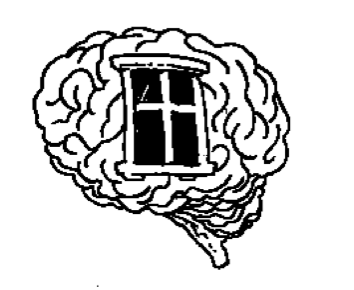A lot of what we know about brain development in childhood comes from what’s known as “the forbidden experiment”: a handful of cases in which children were rescued from lives of almost total sensory deprivation. One of these “feral children” was a girl named Genie who was discovered in 1970 at thirteen, never having left one room in her parents’ apartment. Rescued from this hell, Genie thrived. Her capacity to love was intact, as was her capacity to learn—to a point. She learned and retained information rapidly, and she communicated effectively. But she never learned to speak in sentences, and she seemed unable to unlearn certain survival behaviors she’d developed in captivity, like hoarding liquids. The story of Genie led to a theory of child development known as the “critical window” hypothesis: Some parts of the human brain are permeable only to a certain age. At puberty, a window closes, locking in and out certain information and abilities.
“Critical window” must forever remain at the level of theory; no civilized society would seek to replicate Genie’s hideous data. But we all have experience that backs it up—factual and emotional material that feels permanently burned into our brains. The Midwestern state capitals, for example, I can never dislodge. I drilled them so hard, so young, I am stuck with them. And that’s OK. I have other burned data that’s more problematic, if a rich source of art: my early religious education.
There will be no parent-blaming in this essay. My brother and I watched all the same terrifying filmstrips in public school at the height of Nancy Reagan’s “Say No to Drugs” campaign. They scared me straight for life; my brother, David, has said many enthusiastic yeses. And David regarded the gory tales and graphic threats of our Sunday catechism class with all the reverence he afforded warnings about LSD-laced Mickey Mouse stamps; if he cringed in the moment, he forgot within the hour. The Catholics’ Gothic fixation with punishment and pain haunted me—St. Lucy’s gouged-out eyes, the nails through Jesus’ wrists and feet, the torture rack in hell. I don’t think I should have been exposed to this stuff, frankly, but it’s hard to blame my parents for “crimes” that had no consequences in their other child, especially when that other child’s reaction more closely reflected the norm. After a nun passed around a baby doll and taught us how to baptize a dying baby to save it from eternal loneliness in limbo, I went to pieces over the whole lonely dead baby thing while the other kids played catch with the baby. My family illustrates, I think, why Jung kicks Freud’s ass: I’m hardwired for...
You have reached your article limit
Sign up for a digital subscription and continue reading all new issues, plus our entire archives, for just $1.50/month.
Already a subscriber? Sign in





